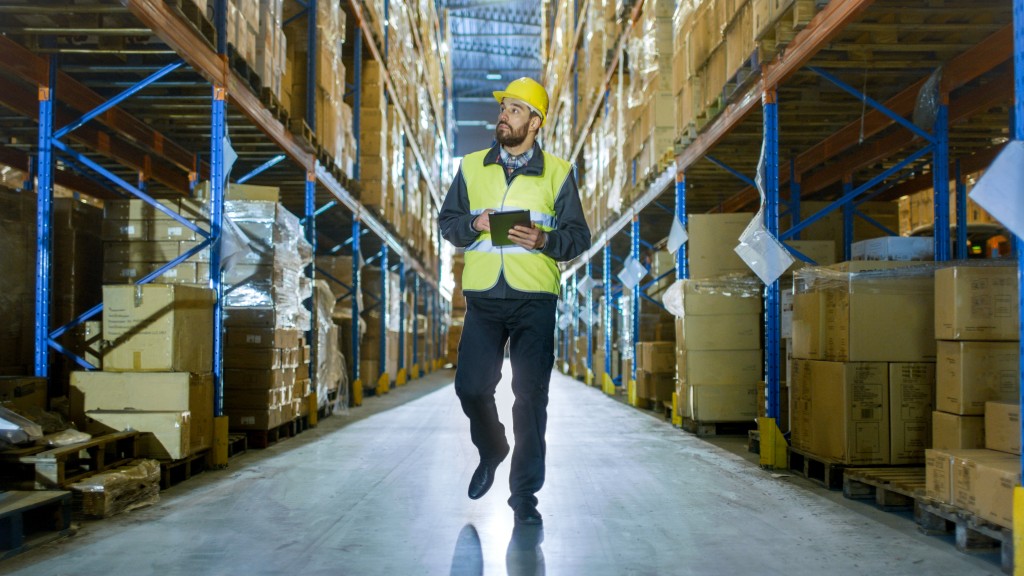Any modern warehouse is slowly moving toward increased automation. Increased automation in the context of a warehouse refers to the process of using machines to systematically perform the tasks that used to be traditionally done manually. This is because manual labor can be time-consuming, inefficient, and, at its worst, risky. Certain tasks that are easy to repeat and can be broken down into small parts are easily automated. The benefits include time saved for your company and increased warehouse safety. You can handle a much higher volume of products, and your overhead costs will also decrease. If you are thinking of bringing about automation in your warehouse floor, here are some ways you can start doing it:
Making more efficient use of storage space
Your first step toward automation involves identifying the most efficient storage solution for your warehouse. You can use various programs that rely on real-time information to figure out your storage needs. You will be able to identify places where you can put in warehouse pallet racking systems. This way, the overall organization of your warehouse will improve, and you will reduce clutter, which breeds inefficiency.
Using a sorting and picking mechanism
If humans are carrying out all of the sorting and picking tasks in your warehouse, it’s bound to take a long time. They have to manually extract each item, which can take a long time; certain safety precautions need to be taken. A more organized warehouse means that you can use a picking system to automatically store or retrieve goods. You can save time and reduce error with each selection. Automated sorting means that you will also be able to eliminate an added step. The mechanism will keep track of which goods have moved and update the database on its own.

Using AGVs for delivery
AGVs stand for automatically guided vehicles. Essentially robots, these vehicles can maneuver themselves. They will contribute to the loading and unloading of boxes and other cargo. They can do it without the involvement of human drivers. Forklifts and carts that run without human interference avoid the risk of slip-ups and deadly mistakes. They make the process go smoothly and fast without the need for intervention. This can be quite expensive to implement as it requires an overall change in the warehouse design.
Using big data on the warehouse floor
One of the best ways warehouses can start the automation process is to make use of big data on the floor. Efficient data management can make the operation of the warehouse much smoother. You will identify where there are delays in turnover and be able to spot the potentials for automation in the process. It is the first step toward having a fully automated factory or warehouse. Real-time data trackers and updates can be easy to implement, but they can have a truly large difference.
Before making any big change, it’s important to know the scale of your operations. Budgeting is also an important factor. However, you can consider it as a worthwhile investment for the longtime competitiveness of your business.
